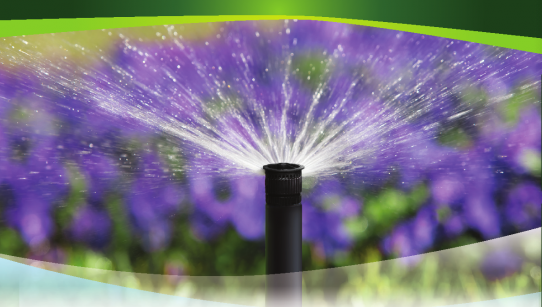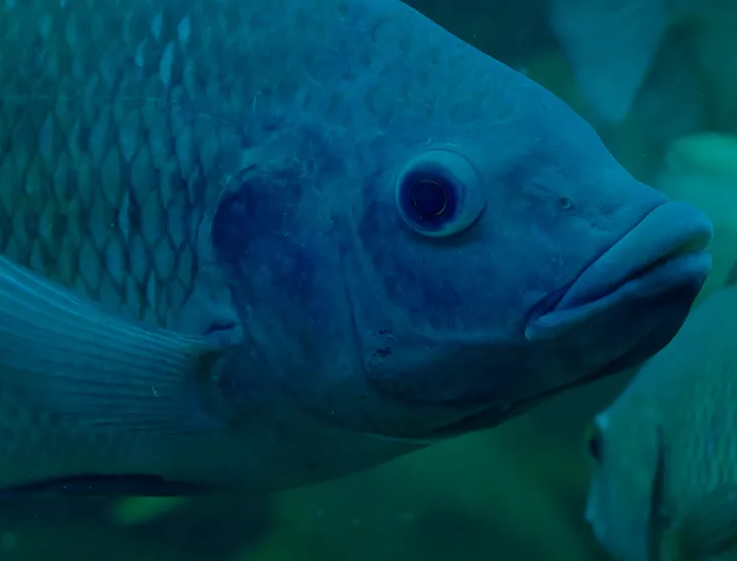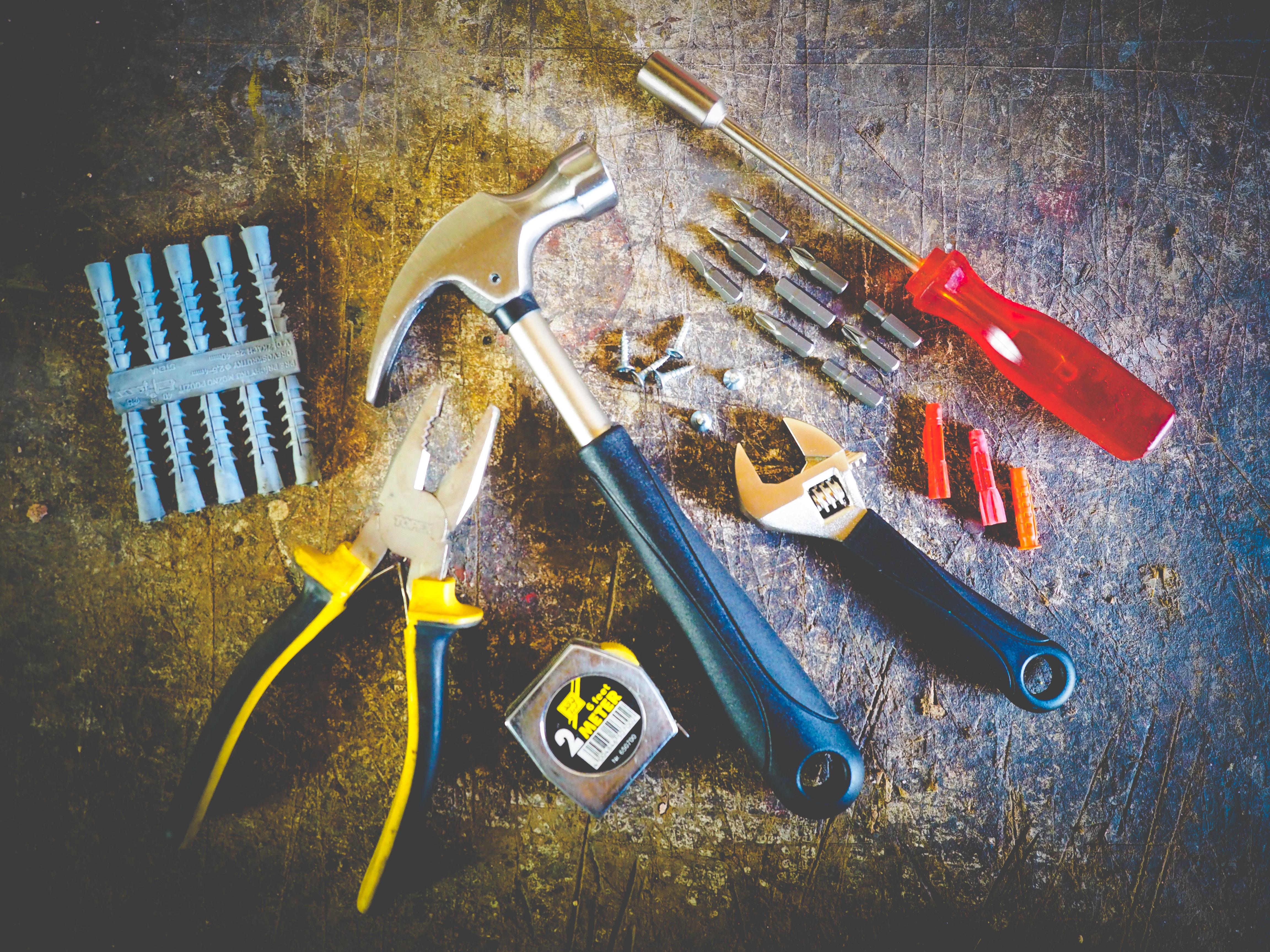How To Troubleshoot Your Heat Pump
How To Troubleshoot Your Heat Pump
There are
several reasons why a heat pump can stop working properly or not get started.
Here we are discussing some troubleshooting you can do yourself for identifying
and rectifying the problem.
Let's find
out the operation of a heat pump before you begin troubleshooting heat pump
issues:
How does a heat pump work?
The outside
device absorbs heat energy from the ambient air. The device can extract energy
even when it is cold outside. The unit's liquid refrigerant cools the energy,
converting it into a cold gas. It becomes hot gas when pressure is applied,
which is then supplied to the inside heat pump unit. The unit's gas cools when
the air is let out. As it makes its way back to the outdoor unit, where the
cycle is restarted, the pressure is released. This is the basic operation of a heat
pump, whether used for cooling or heating a pool or house.
How a heat pump cools..
The
procedure is reversed when your heat pump is set to cool. The refrigerant
heats up when air is taken into your system and passed over the coils, cooling
the air as it does so. Before returning to your interior unit's cools, the
refrigerant first cools down in the condenser coils.
Things to look out for when
the heat pump stops working right.
1.
Check
the thermostat or set the temperature
The
temperature settings should always be checked when a heat pump isn't producing
enough heat or cooling. You'll probably receive cool air coming through the
vent if you want it to heat up but it's set to cool or the fan is running
nonstop. If you want it to cool and you get warm air, the opposite occurs. The
error may occur due to malfunctioning of the sensor itself. Then it is better
to contact the supplier.
2.
Checking
the power
Whether
the heat pump is completely unresponsive, check to see if a circuit breaker
hasn't tripped. The heat pump units indoors and outdoors should be on separate
breakers. Try resetting the circuit breakers and turning the system back on if
one or both of them have tripped.
3.
Check
Refrigerant Levels
A
low refrigerant charge could be indicated by a frozen coil. Your heat pump
won't be able to provide the necessary heat or cooling if the refrigerant level
is low. A leak is the most frequent source of this. This can be checked by
checking the pressure level of the refrigerant; if it is low, it is better to
refill the same.
4.
Check
The Reversing Valve
Really
what you’d be checking is whether the valve is working. You can do this by
running your heat pump in one mode, such as heating, and then switching it to
the cooling mode. If it works fine in one mode but fails to work in the other,
there may be heat pump problems lie within the reversing valve, which switches
the unit from heating to cooling or vice-versa.
5.
Check
the water flow
When
your pool heater won’t turn on, it could be because of low water flow. Clear
out any blockage in the filter, pump, and skimmer basket. Check that the pump
is sending a steady flow of water. If it is all cleared and the pump is getting
water then there could be problems with your flow switch or pressure switch.
6.
Check
if the water temperature is too low.
Sometimes,
the water becomes too cold for the heat pump to heat up. There are heat pumps
that allow very low temperatures to heat up. But there are limitations. In
these situations, it is better to use a solar cover for your pool to reduce the
heat loss from the pool. A solar cover
helps increase the efficiency of the pool pump significantly.
7.
Check
the by-pass valve positions
If
we are not getting enough temperature difference in the inlet and outlet of the
heat pump, it is better to adjust the positions of the bypass valve to increase
or decrease the water flow.
8.
How
to rule out leaks around the heat pump
If
you come across water in and around the heat pump, it could be a leak or
condensation.
This
can be found by using a simple chlorine strip. If the water around contains
chlorine, you have a leak and if it doesn’t, then you got condensation. If it
is condensation, it is highly likely that you have got a clogged drain. Remove
any debris for better performance.
If
you don’t have a chlorine strip, there is another way to check a leak. Power
off the heat pump and run the circulation pump alone to see if there is still
water coming, it is highly likely that we got a leak.
9.
If
the heat pump not heating up
Sometimes,
we are not running the heat pump as much time is required to heat up the water.
The temperature difference between the inlet and outlet of the heat pump might
be just 2°C and the pump requires a certain amount to heat up the pool water.
If you still
feel uncomfortable about the working of your heat pump after you have performed
these checks, do feel free to contact the supplier.







.png)




No comments yet